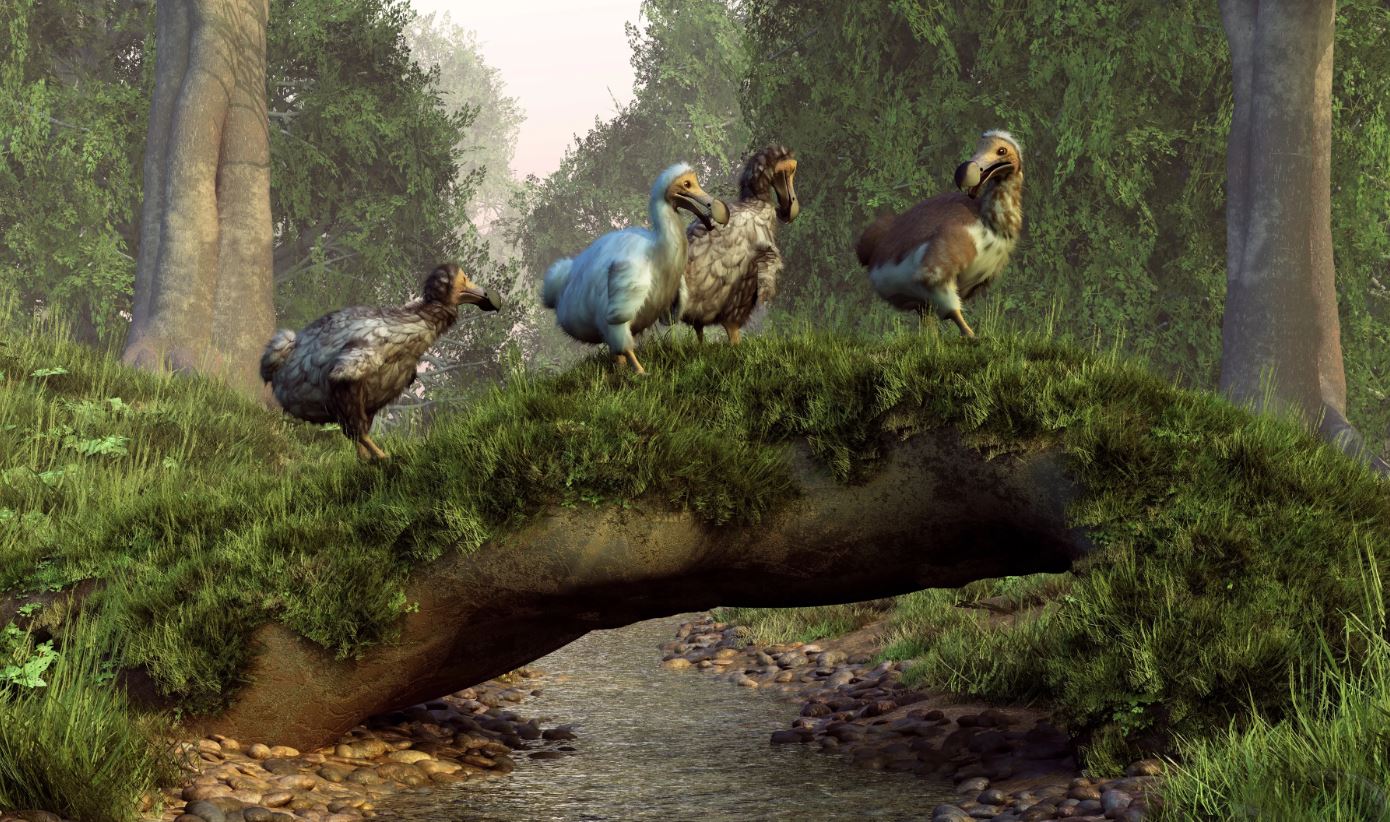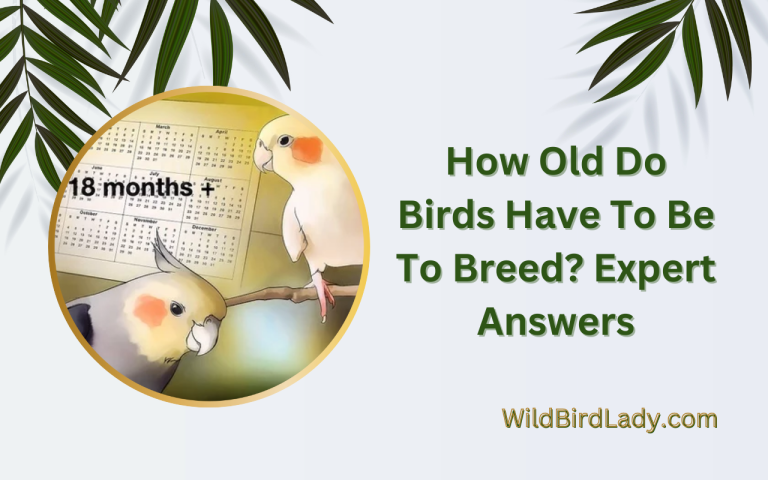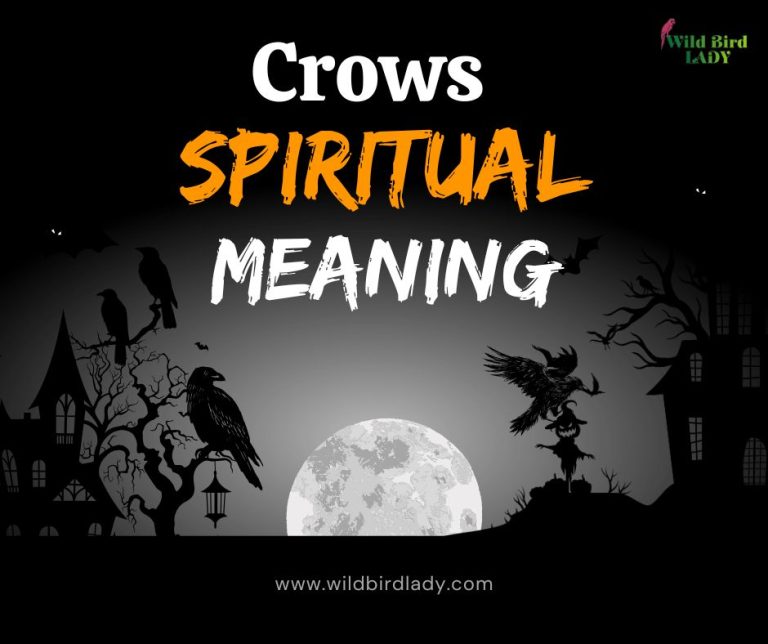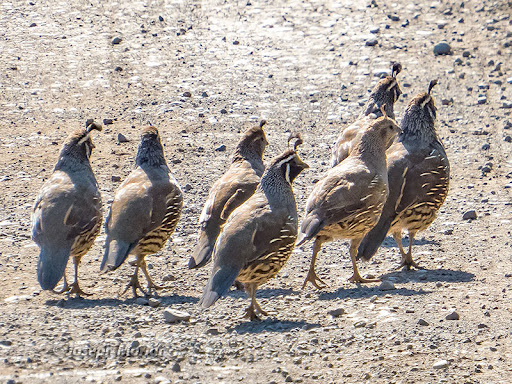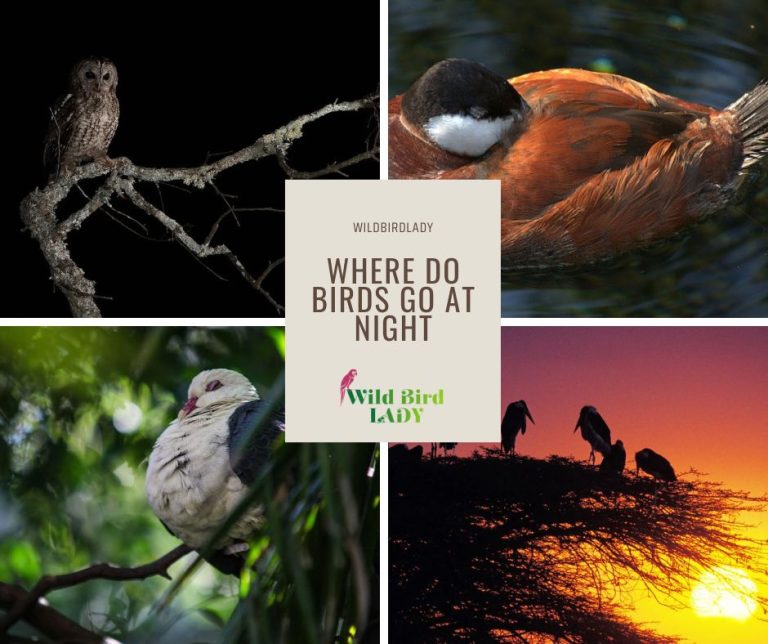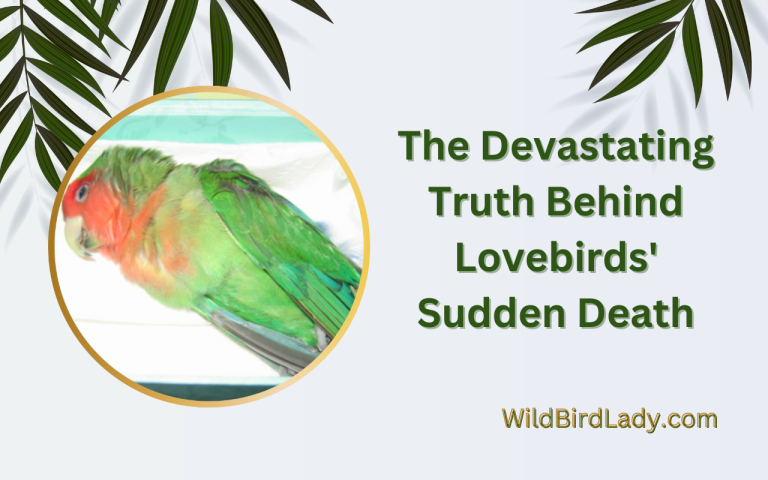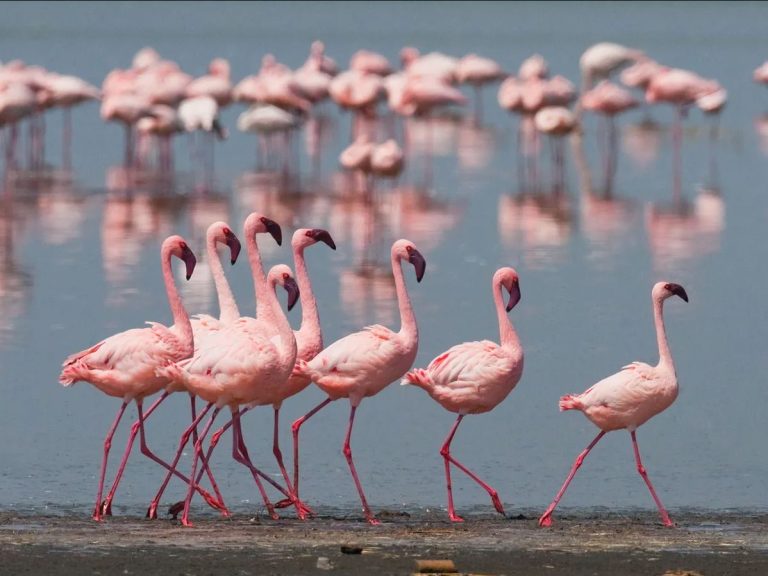Why Did the Dodo Bird Go Extinct? The Tragic Tale of Nature’s Most Famous Loss
When we talk about extinction, few creatures capture public imagination quite like the dodo bird. It’s more than just a flightless bird that disappeared—it’s become a symbol of irreversible loss, human error, and the fragility of isolated ecosystems. But what really happened to the dodo? And more importantly, why did the dodo bird go extinct?
As someone who has spent over a decade studying birds and their interactions with humans, I believe the story of the dodo is one every conservationist—and bird lover—should know by heart. Because beneath the quirky illustrations and pop culture references lies a profound lesson about ecological responsibility.
What Was the Dodo Bird?
The dodo (Raphus cucullatus) was a large, flightless bird that lived exclusively on the island of Mauritius, located in the Indian Ocean east of Madagascar. It stood about 3 feet (1 meter) tall and weighed around 15–20 kg (30–40 lbs), though exact measurements vary due to the lack of complete specimens.
The dodo evolved in isolation, free from predators and without any fear of humans. It had:
- Short, stubby wings that couldn’t support flight
- A large hooked beak
- Sturdy legs built for walking, not running
- A diet of fruits, seeds, and possibly small land invertebrates
This peaceful existence would make the dodo tragically unprepared for what came next.
When Did the Dodo Go Extinct?
The dodo bird likely went extinct sometime around 1681, less than 100 years after it was first documented by Dutch sailors in 1598. That’s an astonishingly short time for a species to vanish—less than a single human lifetime.
According to BirdLife International, the dodo is considered one of the first documented human-driven extinctions of the modern era.
Why Did the Dodo Bird Go Extinct?
The extinction of the dodo wasn’t caused by a single event—it was the result of multiple human-related factors acting in a short span of time. Let’s break it down.
1. Habitat Destruction by Settlers
Mauritius was a lush island with dense forests, but when European colonists arrived, they began clearing large areas for settlements, agriculture, and lumber.
- Dodo nesting grounds were destroyed
- Native plants and fruits were overharvested
- The forest ecosystems were irreparably altered
For a species with such a small range and specialized habitat, this sudden disruption was devastating.
2. Introduction of Invasive Species
Perhaps the most damaging consequence of human arrival was the introduction of non-native animals to Mauritius.
Sailors and settlers brought with them:
- Rats
- Cats and dogs
- Monkeys
- Pigs
These animals raided dodo nests, eating the eggs and chicks. Since the dodo laid only one egg per clutch, their population couldn’t recover.
According to the Natural History Museum of London, these invasive species were “the final nail in the coffin” for the dodo.
3. Overhunting by Humans
While it’s a common myth that humans hunted the dodo to extinction for food, this was only part of the story.
- Sailors described dodo meat as tough and unpalatable
- But in times of scarcity, dodos were killed in large numbers
- They were also hunted for sport or killed out of curiosity
Their lack of fear toward humans made them easy targets.
As author Errol Fuller notes in his comprehensive book Dodo: From Extinction to Icon, it was the bird’s tameness—rather than its tastiness—that made it vulnerable.
4. Reproductive Vulnerability
Unlike pigeons or crows, dodos reproduced slowly. They:
- Nested on the ground
- Laid one egg at a time
- Had long incubation and chick-rearing periods
This made them especially susceptible to predation and environmental stress. Once egg predation began, population recovery became mathematically impossible.
5. Ecological Naïveté
The dodo evolved in a predator-free environment for thousands of years. It had no evolutionary defenses:
- No flight to escape danger
- No aggressive behavior
- No ability to hide from unfamiliar threats
This made it ecologically naïve—a sitting duck, so to speak, in the face of invasive species and human intrusion.
Why Is the Dodo’s Extinction Important?
The dodo bird’s extinction marked a turning point in how scientists view biodiversity loss. It wasn’t just a loss of one bird—it was the beginning of a pattern that would repeat across the globe.
Here’s why it still matters:
A. First Wake-Up Call for Conservation
Although conservation wasn’t a recognized field in the 1600s, the dodo’s disappearance became a symbol of human-caused extinction in later centuries.
By the 19th and 20th centuries, scientists and naturalists began using the dodo as a cautionary tale in discussions about endangered species.
B. The Dodo and the Tambalacoque Tree Myth
In the 1970s, botanist Stanley Temple proposed that the seeds of the tambalacoque tree (also known as the “dodo tree”) could only germinate after passing through a dodo’s digestive system.
Although this theory is now debated and partially debunked, it highlighted the interdependence of species. The dodo may have played a key role in dispersing certain seeds—a task now left incomplete.
C. Symbol of Extinction
Today, “as dead as a dodo” is a cultural idiom. The bird has come to represent:
- The finality of extinction
- The innocence of lost species
- The unintended consequences of human expansion
This symbolism continues to shape conservation messaging around the world.
Could the Dodo Have Been Saved?
The heartbreaking truth is: yes, it could have—if intervention had come sooner.
Imagine if:
- Nesting areas were protected
- Invasive species were controlled
- Breeding programs were attempted
- Hunting had been restricted
But in the 1600s, there was no ecological awareness, no legislation, and no understanding of species vulnerability.
We simply didn’t know what we were losing—until it was too late.
Lessons for Today: What the Dodo Teaches Us
In today’s world, thousands of species are teetering on the brink of extinction, many due to the same reasons:
- Habitat loss
- Invasive species
- Overhunting and overfishing
- Climate change
By asking “Why did the dodo bird go extinct?”, we’re really asking: Are we doing any better now?
Modern conservationists—from the IUCN Red List to organizations like BirdLife International—draw upon the dodo’s legacy to fuel protective policies and awareness campaigns.
What Scientists Are Saying (Citations)
- BirdLife International lists the dodo as extinct and cites invasive species and habitat loss as primary drivers.
- The Natural History Museum of London confirms the timeline of extinction and emphasizes the role of rats and pigs.
- Studies published in Scientific American and Nature Ecology & Evolution have examined genetic material from dodo remains to understand its evolution and relationship to pigeons.
- Research from the Smithsonian National Museum of Natural History confirms that the dodo is most closely related to the Nicobar pigeon (Caloenas nicobarica).
Summary Table: Why Did the Dodo Bird Go Extinct?
| Contributing Factor | Description |
|---|---|
| Habitat Destruction | Forests cleared for settlements and crops |
| Invasive Species | Rats, pigs, and monkeys ate eggs and chicks |
| Human Hunting | Dodos killed for food or sport |
| Reproductive Limits | One egg per clutch; slow recovery rate |
| Lack of Defenses | No flight, camouflage, or fear of predators |
Frequently Asked Questions (FAQ)
Q: Did humans eat the dodo to extinction?
A: Not directly. While dodos were hunted, the larger issue was habitat destruction and egg predation by invasive species.
Q: Could dodos fly?
A: No. Dodos were flightless due to their size and reduced wing muscles.
Q: Are there any dodos left today?
A: No. The dodo has been extinct since the late 1600s.
Q: Is the dodo related to any living birds?
A: Yes. Its closest living relative is the Nicobar pigeon.
Q: Why did the dodo bird go extinct so quickly?
A: Because it evolved in isolation and had no defenses against humans or predators introduced by them.
Final Thoughts from the Field
As a birdwatcher who’s spent years studying vulnerable species, I often reflect on the dodo—not with just sadness, but with urgency. The dodo wasn’t a dumb bird. It wasn’t doomed by nature. It was simply overwhelmed by sudden change.
We now know what we didn’t then: ecosystems are delicate, and extinction is permanent.
So the next time someone asks, “Why did the dodo bird go extinct?”, you’ll know the answer. And, I hope, you’ll see the dodo not just as a lost curiosity—but as a call to action for every species teetering on the edge today.

